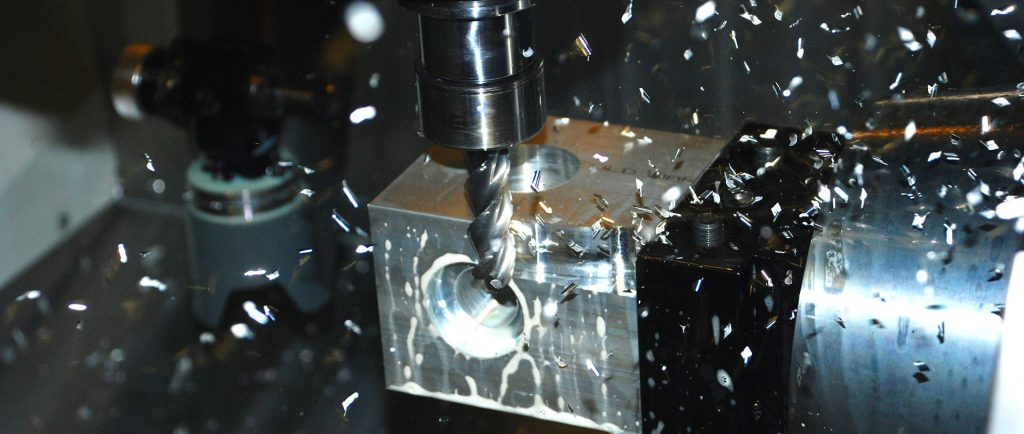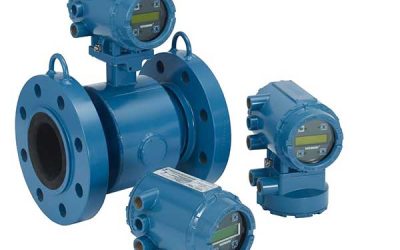When metals and alloys are processed into parts and components, it is very natural for small, microscopic imperfections to remain on the surface. While virtually invisible to the eye or to the touch, these peaks and valleys on the surface of the component will lead to considerable problems in the future, particularly with devices that are used in the medical, aerospace, biotech and semiconductor industries.
There are several ways to smooth the surface of the metal to tolerances that are acceptable for the specific application. The process of electropolishing actually completes several different surface treatment options. It can be used to deburr the parts and components, to polish as well as to passivate.
When choosing electropolishing, there is also no need to use abrasive types of procedures on the surface of the metal. This is a more cost effective and timely option that can be completed quickly and effectively and to tight tolerances.
The Process
The process of electrochemical polishing is very simple. The metal component or part is placed in a bath that contains specific electrolytes. This solution is the anode. The part is also connected to a DC power supply to form the cathode. A current passes through the anode to the solution where oxidation occurs with the surface of the part or component. At the same time hydrogen is produced at the cathode.
The peaks on the metal component, when viewed in cross section, protrude from the surface or from the valleys. The concentration of the electrolytes and the dissolved metal of these peaks or protrusions enhance the removal of this metal, leaving the surfaces in the valleys largely untouched.
This results in an overall smoother surface of the metal. Through controlling the process, providing the correct current and electrolyte concentration and providing the right mixing conditions extremely tight tolerances can be achieved.
The Benefits
The big advantage to electropolishing is that it can be completed quickly and efficiently even on very complex parts with complicated shapes. This is very different from a polishing or abrasion type of process that is difficult if not impossible to maintain in small parts or internal sections of a part. It is also an ideal option to deburring corners and cut areas of the part without altering or possibly causing deformation to the surrounding surfaces.
Since the process doesn’t actually physically change the surface, rather just removes the protrusions or peaks, it is also considered the best option when control over the final product dimensions and specifications is critical.



